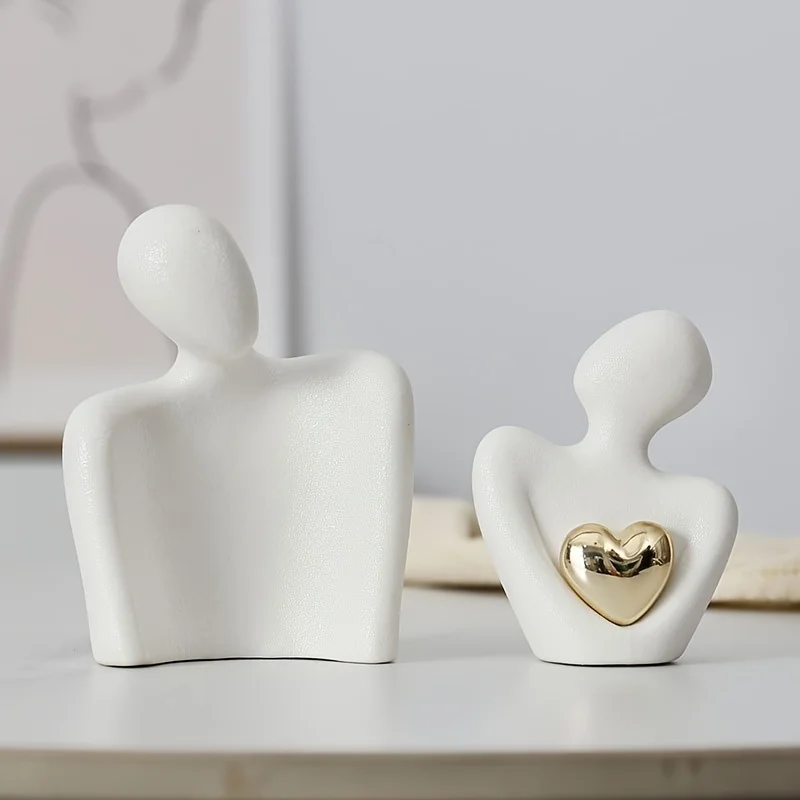
Introduction: Creating a Space That Reflects You
The right home decor transforms a house into a personalized sanctuary. Whether you’re redesigning a single room or refreshing your entire living space, the key is selecting pieces that reflect your style and needs. The choices you make should be a reflection of who you are and how you want to feel in your space.
1. Understand Your Style
Before adding any new pieces, it’s essential to define your personal style. Are you drawn to modern, minimalist designs, or do you prefer the warmth of rustic charm? Knowing what style resonates with you will make it easier to choose furniture, colors, and accessories that complement each other.
Knowing your style will guide your selections.
2. Choose Furniture with Functionality in Mind
While aesthetics are important, your furniture should also be functional. For example, a spacious sectional can make a living room more inviting, but it also needs to serve its purpose by providing enough seating for your family and guests. Think about how each item will be used daily to ensure it’s both beautiful and practical.
Functionality and design go hand in hand.
3. Think About Color Palettes
The color palette of a room sets the tone and mood. Choose a base color and add accents with contrasting or complementary hues. Neutral tones offer a calming effect, while bold colors can inject energy and personality. The key is balance—too many vibrant hues can overwhelm the senses, while a lack of color can make the room feel flat.
Colors can completely alter the vibe of a room.
4. Consider Texture and Materials
When decorating your home, pay attention to the textures and materials of the items you select. A mix of wood, metal, glass, and fabric can add depth and interest to a space. Incorporating a variety of materials ensures that the decor doesn’t look flat or one-dimensional.
Textures and materials add richness to a room.
5. Make Use of Lighting
Lighting can enhance your decor while also setting the atmosphere. Whether it’s natural light from large windows or the soft glow from lamps, the right lighting can make a space feel more inviting. Consider different sources, like table lamps, floor lamps, or even pendant lights, to create a warm and welcoming environment.
Lighting is key to creating ambiance.
6. Personalize with Artwork and Accessories
Adding artwork and accessories is a great way to infuse your personality into a room. From paintings and photographs to vases and throw pillows, these elements make your space feel uniquely yours. Be sure to select pieces that complement the overall design of the room rather than detracting from it.
Personal touches elevate the space.
7. Focus on Scale and Proportion
When choosing furniture and accessories, scale and proportion are critical. A large sofa might overwhelm a small room, while tiny decor items can get lost in a spacious space. Make sure your selections are in harmony with the size of the room to avoid overcrowding or leaving too much empty space.
Size matters when selecting decor pieces.
8. Opt for Quality Over Quantity
It’s tempting to fill your space with numerous items, but quality should always come first. Choose a few well-made pieces that will stand the test of time rather than accumulating an abundance of lower-quality items. Quality pieces will not only look better but also last longer, saving you money in the long run.
Investing in quality pays off.
9. Incorporate Plants for a Fresh Look
Plants bring life and freshness to a space. Whether you choose large indoor plants or smaller ones for shelves and tables, greenery adds a touch of nature that can make a room feel more vibrant. Not only do plants look great, but they can also improve indoor air quality.
Greenery adds a refreshing touch to any room.
10. Don’t Overcrowd the Space
When decorating, it’s important to leave breathing room. Overcrowding a room with too much furniture or too many accessories can make it feel cluttered and uncomfortable. Leave space for movement and focus on a few key items that will make a statement.
Less is sometimes more when decorating.
11. Pay Attention to Flow and Layout
The layout of a room should allow for easy flow and functionality. Arrange furniture so that there’s plenty of space for movement and conversation. Avoid blocking natural pathways or creating awkward, inaccessible areas. A thoughtful layout enhances both the look and function of a space.
Flow is essential for comfort and ease.
12. Think Long-Term
When choosing pieces for your home, think about longevity. Trends come and go, but timeless designs are always in style. Select items that can grow with your space and adapt to changing needs over time. This approach will keep your decor looking fresh for years to come.
Opt for timeless pieces that evolve with your style.
Final Thoughts
Home decor is about more than just filling a space—it’s about creating an environment that reflects your personality, provides comfort, and enhances your lifestyle. By carefully selecting each item, considering its functionality, and maintaining balance in design, you can create a living space that feels like home.
